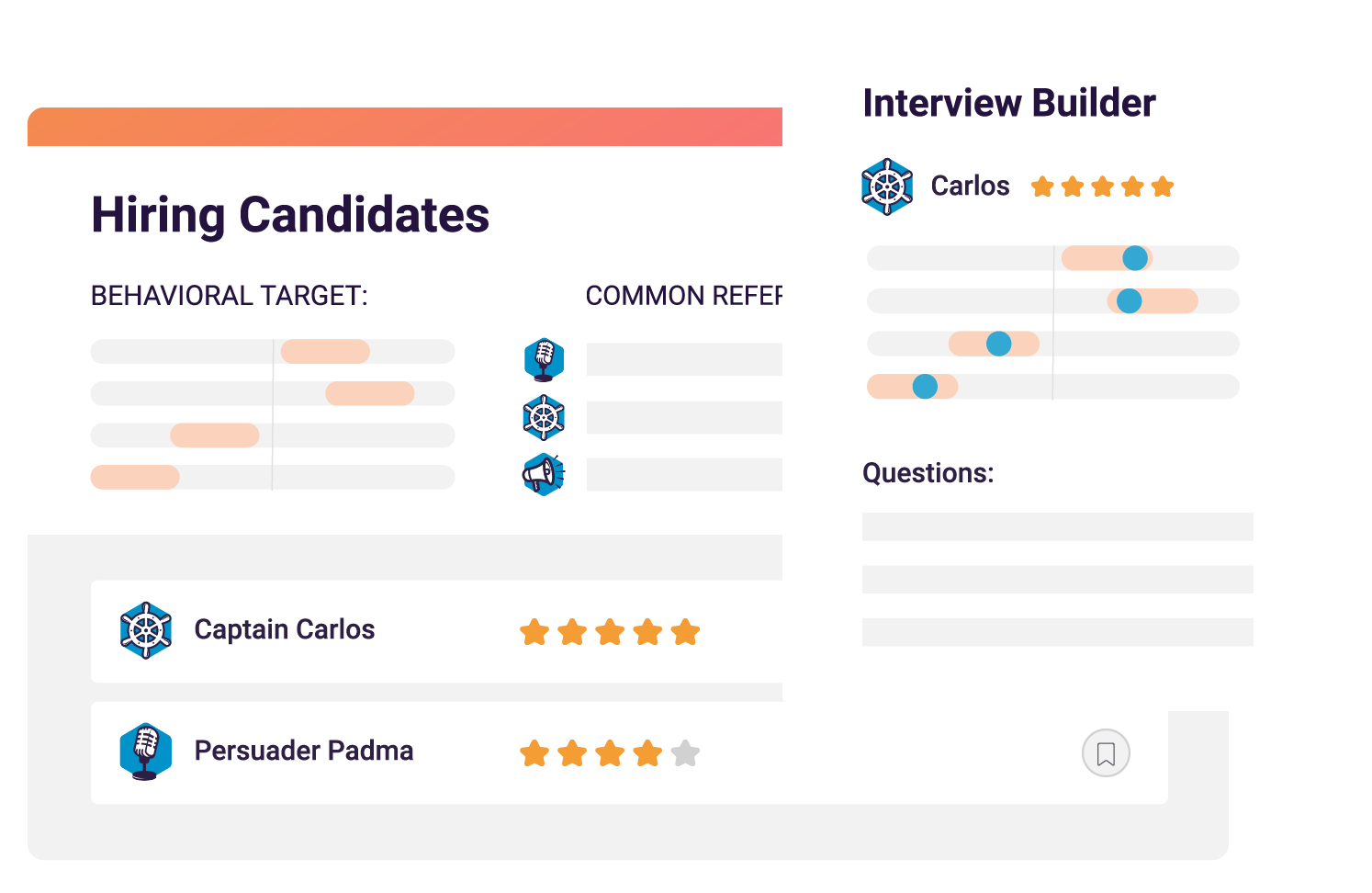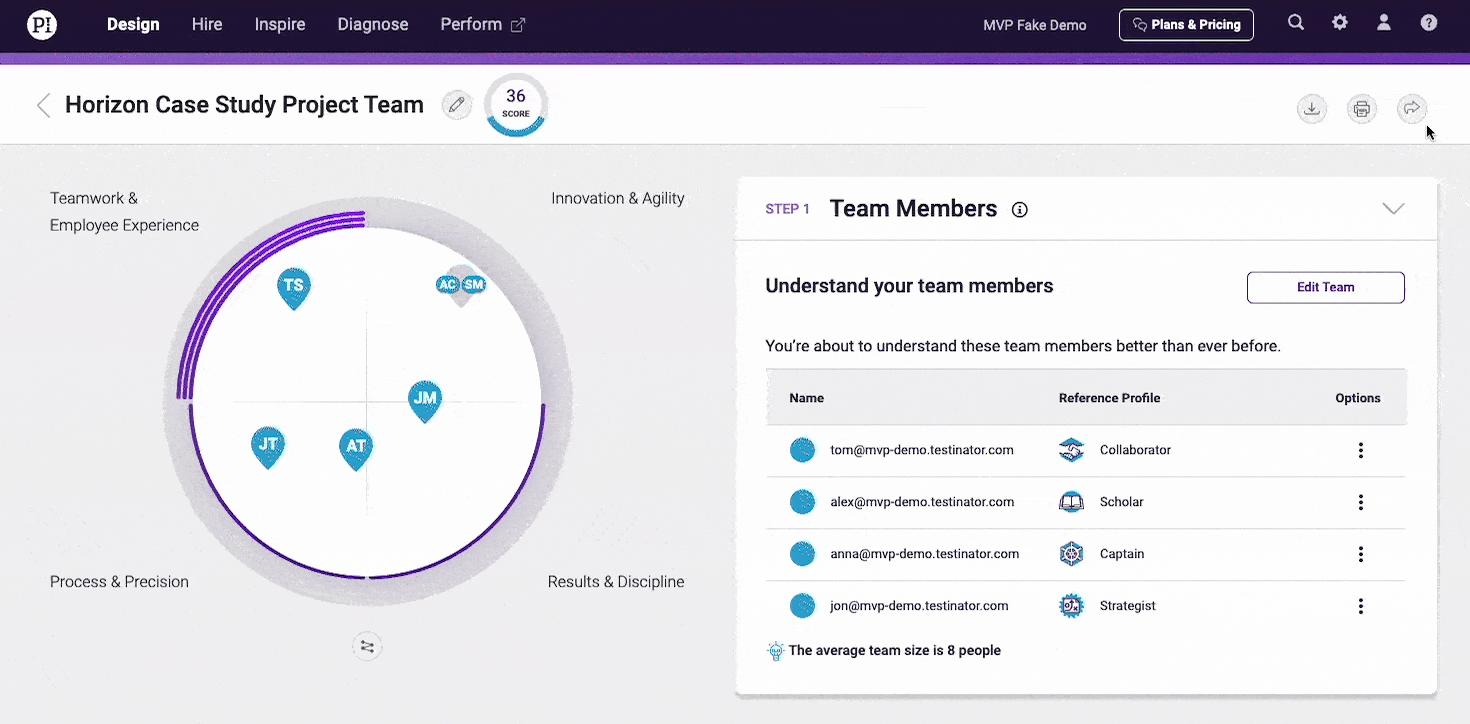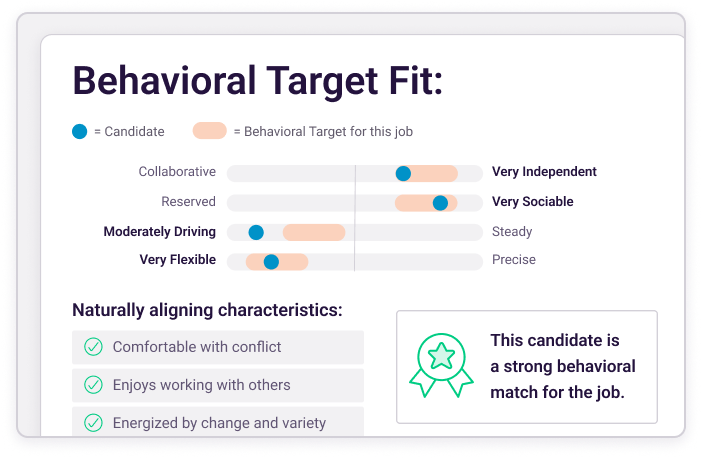We hear a lot in the business world about over-management, specifically the well-documented and demoralizing tendency toward micromanagement. In fact, a 2014 accounttemps survey found that 68% of people who felt micromanaged found it demoralizing. But we hear relatively little about under-management. Yet this quality—this tendency to (often subtly) avoid one’s managerial responsibilities definitely plays a role in organizations’ not achieving the results they need.
What do I mean by under-management? It’s a hands-off style characterized by managers being less involved than they should be in day-to-day operations—especially when problems occur. Kim Scott, author of the best seller Radical Candor, has called this approach “absentee management.” It’s an apt description.
I know that in my own career some HR executives I worked with felt under-managing was a chronic company challenge. “Too often our managers just don’t manage!” was the way one of my colleagues used to frustratedly describe it.
How prevalent is under-management?
To gain perspective, I found managers familiar with the issue. Shailen Majithia, director of Finance and Operations for Historica Canada, estimates that in her experience some “10% to 25% of managers tend to under-manage their staff.”
Though I’ve never seen hard data on this phenomenon—there’s no widespread agreement on exactly how it’s defined and measured—this estimate feels in the right ballpark.
The problems under-management causes
What are tangible ways under-management manifests itself in normal working life?
Majithia notes that it can show up in “not being able to have difficult discussions around performance, and not intervening in time when a project is going off the tracks.”

Laura Bennett, director of Business Development at Custom Protect Ear, adds that “Communication is poor and accountability is often questioned.”
My own observation from my corporate days was that under-management frequently did surface around performance and often was driven by conflict avoidance. Absentee managers were reluctant to take tough actions (and receive the pushback and conflict that likely would ensue), even when tough action really was what was needed.
Why under-management occurs
Think about it: Avoiding confrontation, conflict, and the emotional turbulence accompanying it is an easy route; it’s the path of least resistance. Why bother to get into a contentious and perhaps emotional confrontation with an employee when you can simply look the other way and not address it? Why deal with discomfort when it’s so easy to ignore it?
Well, most simply, because it’s part of the job. In fact, it’s a key part of the job. It’s what the role of management requires. The consequences of looking the other way are organizations not driving forcefully enough for the results they expect. Ultimately, not attaining the results they need.
There are implications for those who manage managers. It’s not always easy to spot under-management; it can be hard to identify actions not taken. Effects can be subtle. But if one of your managers seems to have a positive, agreeable relationship with his or her team, but achieves results that consistently fall short of what’s expected, under-management may well be at play.
For a well-run organization, under-management isn’t a sustainable management methodology. It’s entirely reasonable to expect your managers to—in a rational, decent way—hold their people closely accountable.
The job, after all, is called management.
Get your custom Manager Development Chart.
Join 10,000 companies solving the most complex people problems with PI.
Hire the right people, inspire their best work, design dream teams, and sustain engagement for the long haul.








